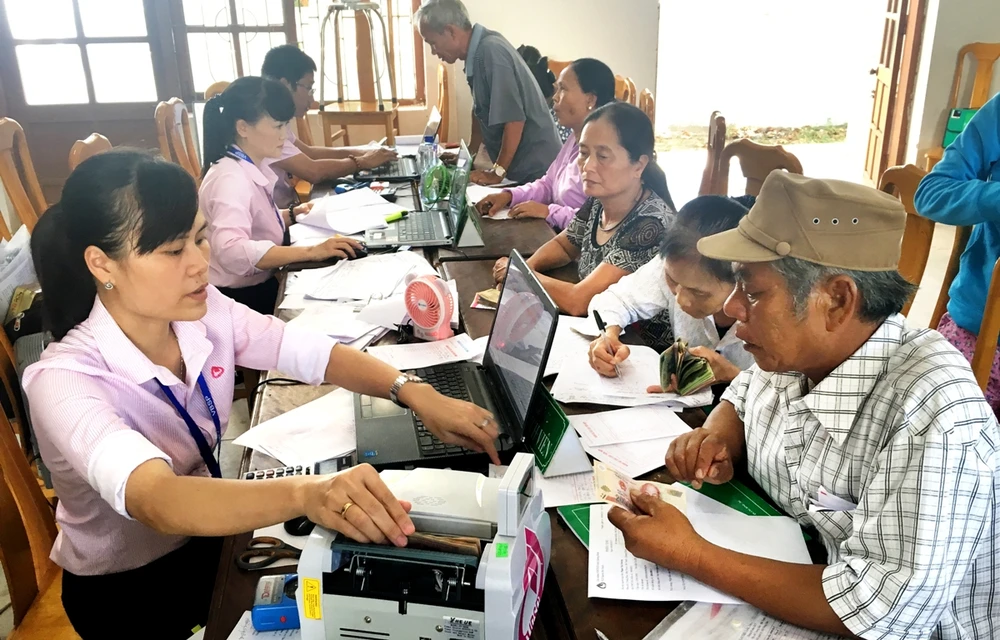 Over the past 20 years, more than 42 million households have received policy loans to escape poverty and become rich legitimately. (Photo: Vietnam+)
Over the past 20 years, more than 42 million households have received policy loans to escape poverty and become rich legitimately. (Photo: Vietnam+)Officially established and put into operation on October 4, 2002, the 20-year journey of the Social Policy Bank as the “extended arm” of the Government bringing preferential capital to the poor and other policy beneficiaries has been full of hardships, soaked with sweat and sometimes tears of thousands of cadres, employees and workers in the system.
But more than that, there are smiles and joy when seeing the capital bear fruit every day, bringing a prosperous and happy life to every home.
Eat and sleep with the village
In early 2002, the poverty rate accounted for nearly 30% of the total households nationwide. The service areas were mostly concentrated in extremely difficult areas with underdeveloped infrastructure. Not only in mountainous communes where there were no car roads to the commune people's committee headquarters, the rate was from 30% to 80%, but also the different cultures of the 54 ethnic groups and the self-sufficient production practices, deeply rooted in many generations in the localities, made the task of "bringing enough government money to lend to the village" not easy.
Therefore, the Social Policy Bank has closely coordinated with four socio-political organizations: the Women's Union, the Farmers' Association, the Veterans' Association and the Ho Chi Minh Communist Youth Union to operate a specific method of managing social policy credit capital with the delegation of some work contents.
[Nearly 8,900 billion VND of preferential economic recovery capital has reached the people]
The Social Policy Bank has repeatedly worked with socio-political organizations to consolidate its operations, especially improving the quality of Savings and Loan Groups, to best promote, encourage and mobilize people to boldly borrow capital, change their economic development mindset, and integrate policy capital sources with local economic development programs. More importantly, it is necessary to monitor capital, use capital effectively, for the right purposes and recover capital to promptly transfer capital flows more and more widely to other beneficiaries for equal benefits.
In many localities, credit officers of the Social Policy Bank have become one of the key pioneers, setting foot in the most difficult areas, together with border guards and local authorities to support people in economic development and poverty reduction. The story of "carrying" capital to the village, or tirelessly following boats to bring capital to people in flooded areas, although no longer exists, is part of the historical mark associated with the long journey of opening policy credit.
The commune transaction point with a fixed monthly transaction date is a unique breakthrough initiative of the Social Policy Bank, a step forward in administrative procedure reform, to bring policy credit to people in a timely manner according to the motto "transaction at home, disbursement, debt collection at the commune."
But to have these “scheduled” trading sessions also requires great sacrifices from the staff in the system. Many staff, even though they live in a district dozens of kilometers away from home, do not have a Saturday or Sunday to return home to their families for the entire month because it coincides with the trading session at the commune. For staff who are transferred or have their work rotated, it is not uncommon for them to return home for several months! Not to mention the daily unilateral inspection and supervision of borrowers, who ride their motorbikes across the mountainous countryside regardless of the unfavorable weather, rain or shine...
However, no Social Policy Bank staff has ever refused an assignment or left work due to difficulties. Even in 2021, when the COVID-19 pandemic broke out nationwide, many staff assigned to the southern provinces did not return home for almost the entire year.
In particular, in the context of rapid and strong development of the country's economy, after Vietnam officially opened its doors to international economic integration in 2007, in order to leave no one behind and to shorten the income and development gap between the poor and other groups, the Government has raised the poverty line five times, as well as expanded the beneficiaries of the policy to ensure social security, sustainable poverty reduction, and accelerate the process of national economic development and integration.
"Extended arm" of the disadvantaged
In the context of shouldering such increasing responsibilities, the Social Policy Bank not only plays the role of an “extended arm” of the Government, implementing social credit policies, but also gradually plays the role of a “bridge” between the poor and vulnerable people with State agencies and the Government, proposing and advising on the issuance of many new credit programs, increasing loan levels to meet the urgent needs of the people.
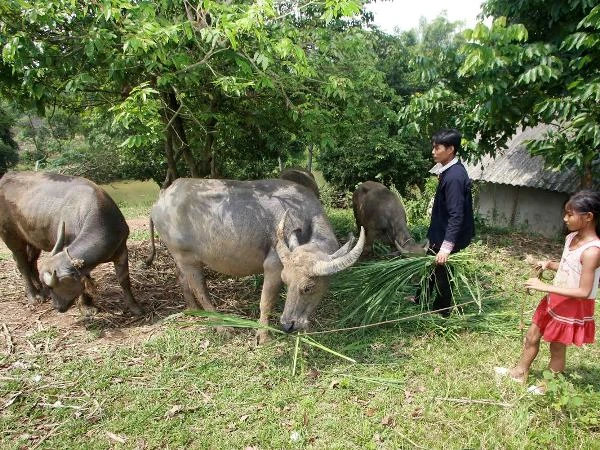 Many families escape poverty thanks to policy funding. (Photo: Vietnam+)
Many families escape poverty thanks to policy funding. (Photo: Vietnam+)Up to now, from the two initial credit programs, the Vietnam Bank for Social Policies has been implementing 22 credit programs across 100% of communes, wards and towns nationwide to help the poor and other policy beneficiaries develop their economy and improve their quality of life.
For example, in Tra Tan commune, Bac Tra My district, Quang Nam province - where there was the revolutionary base of the Zone V Party Committee, the Zone V Military Command and the Zone V agencies during the resistance war against the US (period 1960-1973). The majestic Truong Son mountain range was a safe place to protect the Revolution at that time, but it was a challenge for the people in developing the economy in peacetime when transportation was difficult, especially the ethnic minorities here still had the habit of self-sufficiency, self-reliance and long-standing attachment.
Mr. Dinh Van Hoang - Head of the Savings and Loan Group in Village 1, Tra Tan Commune, said that in the early years of the 21st century, Village 1 had 100% poor households, of which 85% of the families were hungry. Mr. Hoang himself was also a poor household before 2008, until he was promoted by the government and the Social Policy Bank, after that he clearly realized that to escape poverty and become rich legitimately, he had to boldly borrow State capital to do business, grow acacia, and raise cows.
However, the path out of poverty for him and the villagers was not easy as they had to go through dozens of years of raising livestock with many cycles from loans to poor households, near-poor households, and then to newly escaped-poverty households.
Up to now, the Savings and Loan Group of Village 1 has had 75% of households escape poverty and no new poor households. Many households with good loans have become shining examples for others to follow.
According to the report of the Vietnam Bank for Social Policies, over the past 20 years, more than 42 million households have received loans worth over VND814,000 billion; contributing to the country's efforts to reduce the poverty rate from 14.2% to 4.25% in the 2011-2015 period (according to the poverty standard for the 2011-2015 period); the multidimensional poverty rate decreased from 9.88% (in 2016) to 2.75% (in 2020). All these efforts have accumulated over time, contributing to making Vietnam a bright spot in the implementation of the Millennium Development Goals on poverty reduction recognized by the world.
However, the challenge of poverty reduction is still not without difficulties because most of the poor are in the core poor, especially the Northern Midlands and Mountains region, which has the highest poverty rate in the country (13.4%). The level of inequality in income distribution in rural areas is higher than in urban areas. The two regions with high poverty rates, the Northern Midlands and Mountains and the Central Highlands, are also the two regions with the highest GINI coefficients (coefficients to indicate income inequality across regions and classes of a country) (0.428 and 0.418 respectively), the Southeast is the region with the lowest GINI coefficient (0.322).
To accelerate the journey of sustainable poverty reduction, in addition to the focus on poverty reduction, the Vietnam Bank for Social Policies focuses capital on job creation and livelihoods, student loans, and credit programs to improve the quality of life. These will be the driving forces contributing to the implementation of the two national target programs, and more importantly, contributing to promoting the country's economy to develop rapidly and sustainably, towards becoming a high-income country by 2045./.
Source: https://www.vietnamplus.vn/hai-muoi-nam-lam-tin-dung-chinh-sach-xa-hoi-bang-ca-trai-tim-post821838.vnp






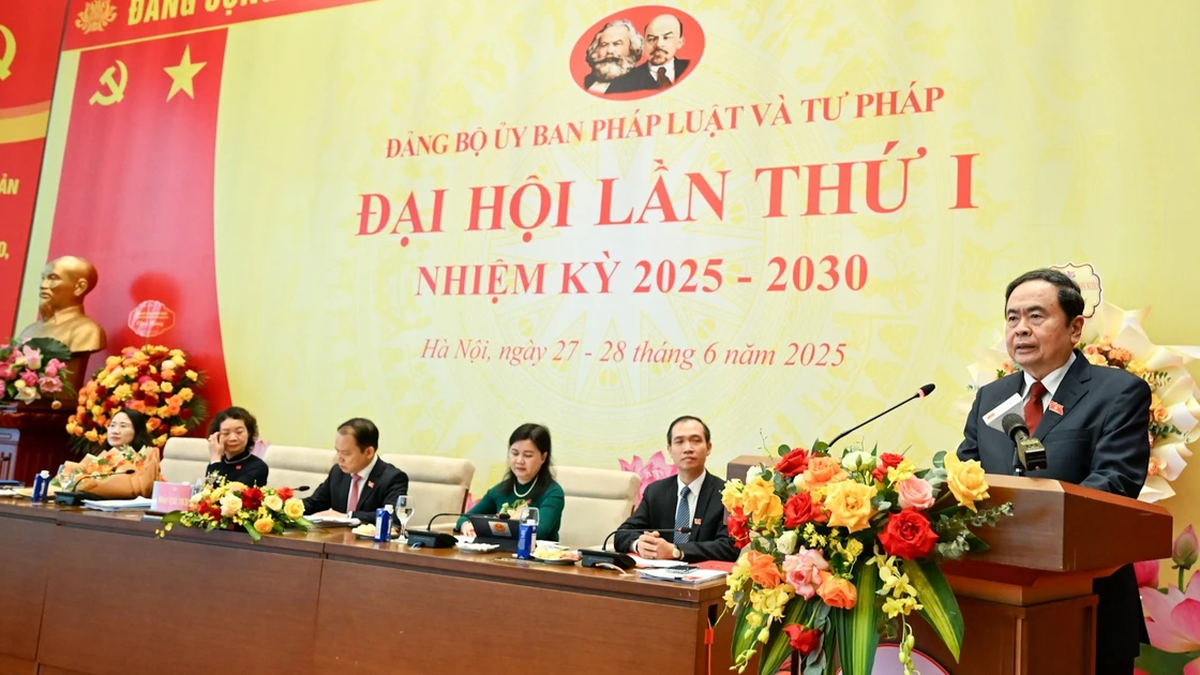

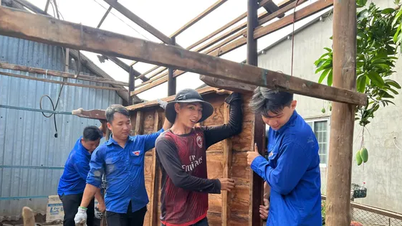

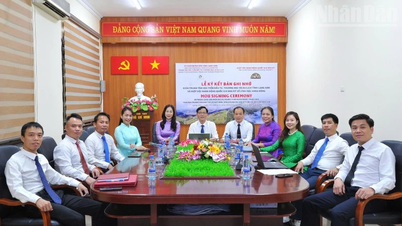


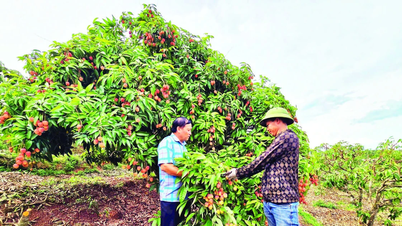
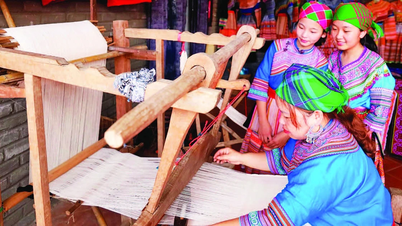
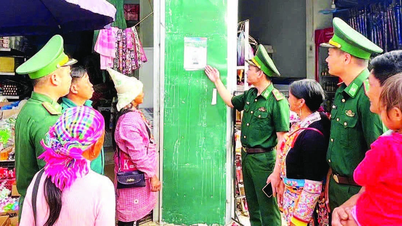




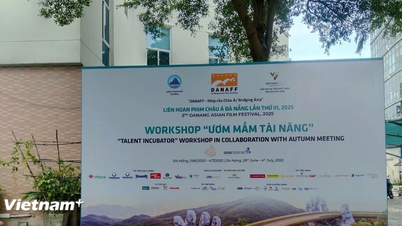
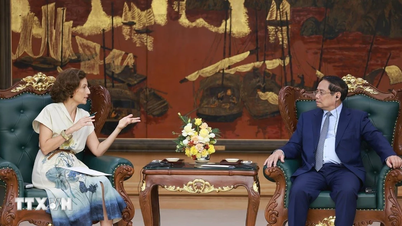

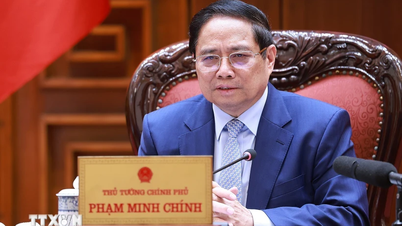
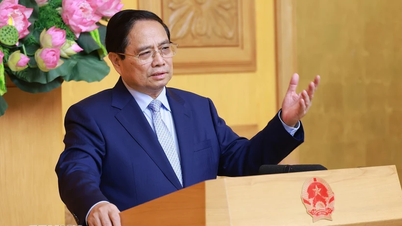


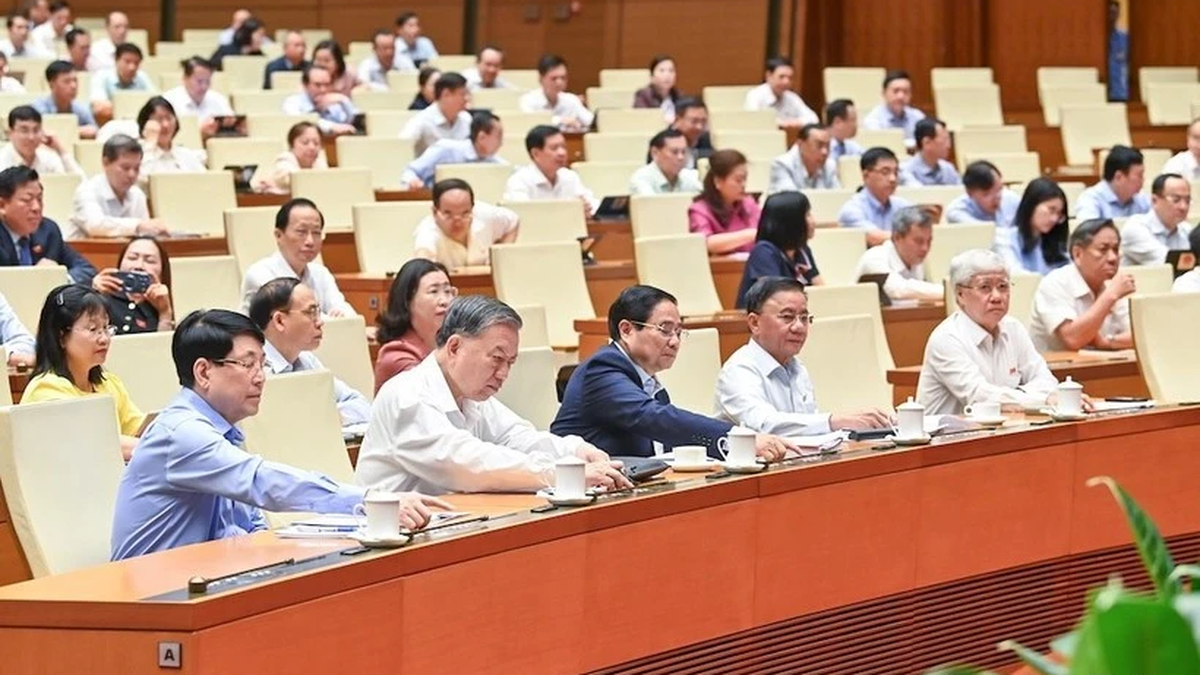
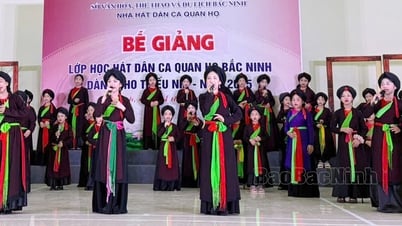





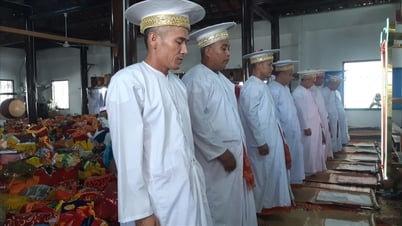

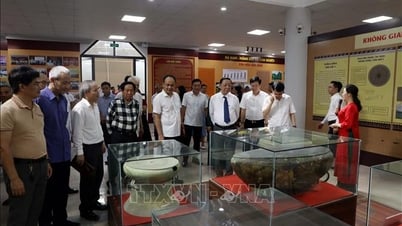



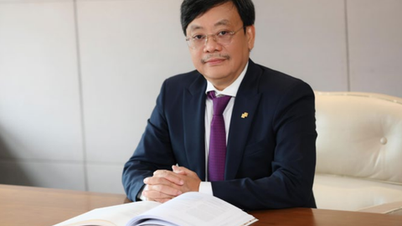



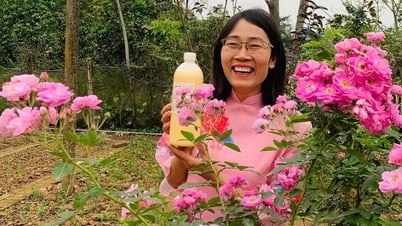

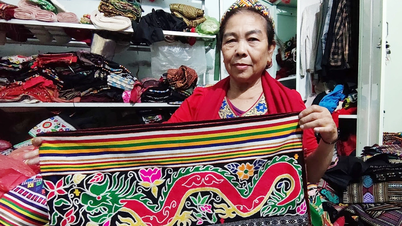











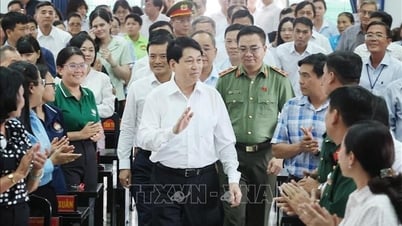





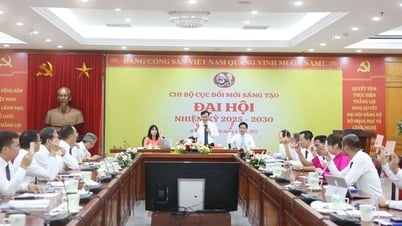
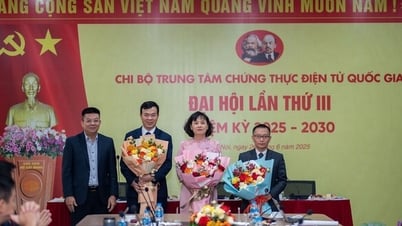


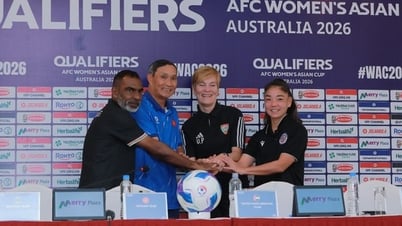
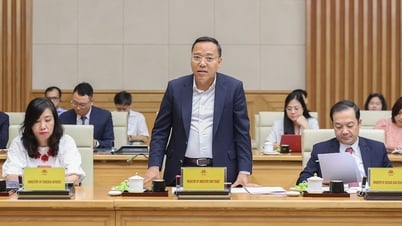



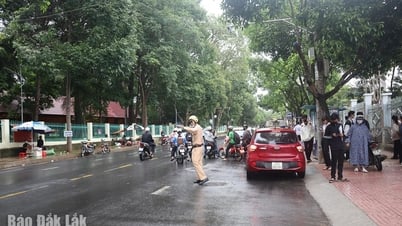

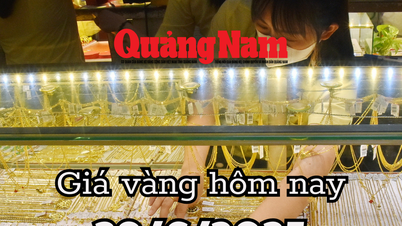

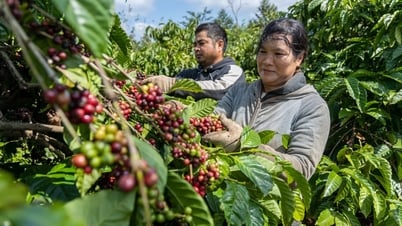
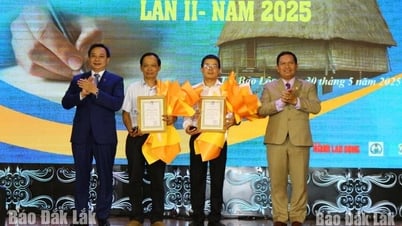

















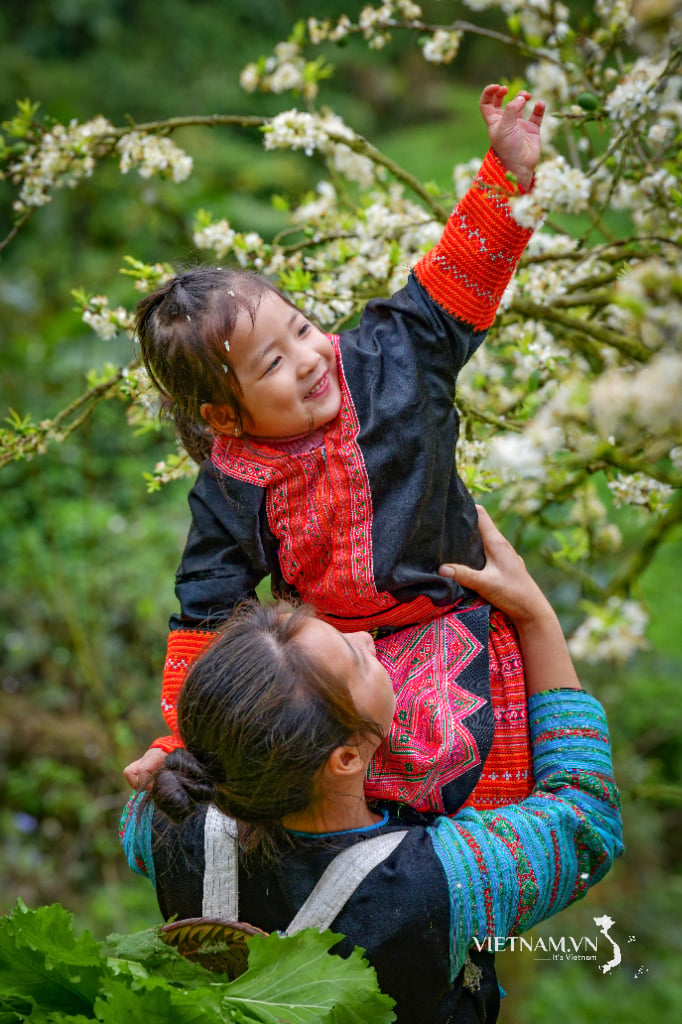
Comment (0)